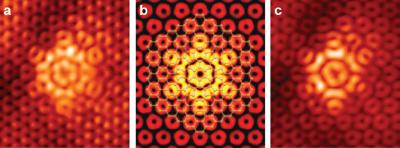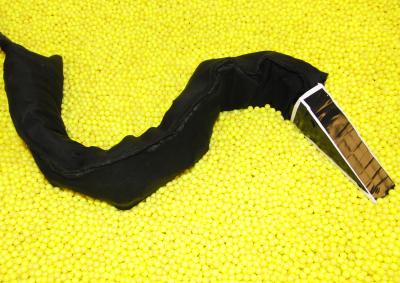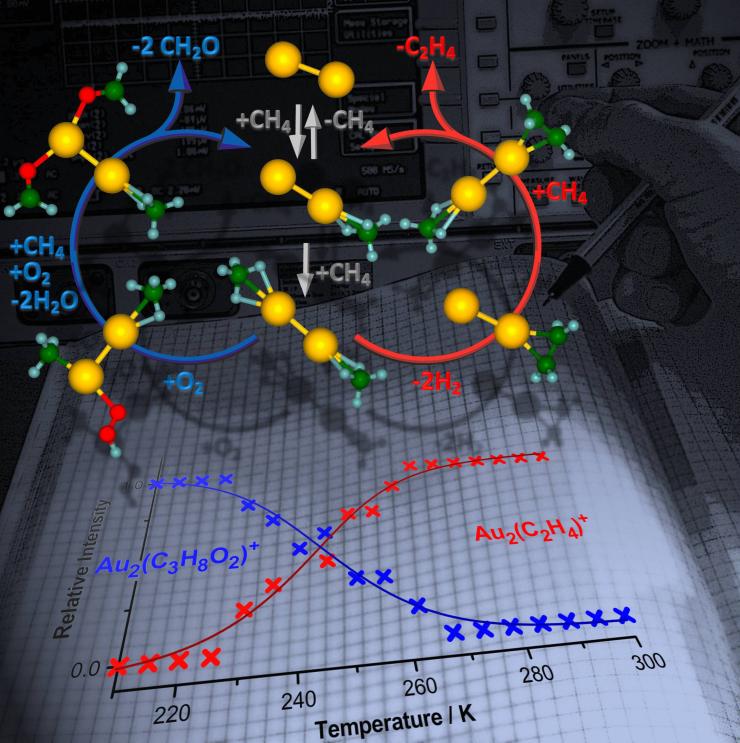Graphene has amazing mechanical properties, including high strength that could one day be useful in lightweight, robust structures. However the material does have flaws. Researchers at Georgia Tech and the National Institute of Standards and Technology (NIST) have described a family of seven potential defect structures that may appear in sheets of graphene and imaged examples of the lowest-energy defect in the family. According to a NIST researcher, the fabrication process plays a big role in creating the defects. “As the graphene forms under high heat, sections of the lattice can come loose and rotate," he said. "As the graphene cools, these rotated sections link back up with the lattice, but in an irregular way. It's almost as if patches of the graphene were cut out with scissors, turned clockwise, and made to fit back into the same place. Only it really doesn't fit, which is why we get these flowers.” Georgia Tech Physics Professor Phil First noted that “…even with these defects, graphene is still spectacularly strong.” Professor First hopes the team can continue studying the defects, both to learn whether their formation can be controlled and to clarify the role of defects in the material's mechanical properties. Read the article about this research in Physical Review B 83, 195425 (2011).













